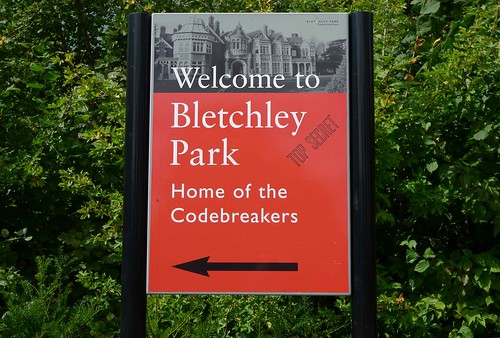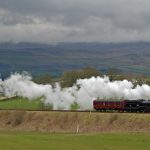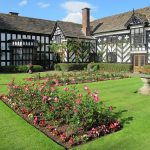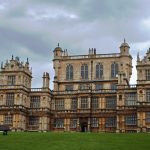Bletchley Park
Bletchley Park is a historical landmark. It formed a major part of the World War II effort. Many people have heard of the Enigma machine – well, the staff at this English country estate were tasked with the unenviable duty of figuring out how to decrypt the most secret of Enigma communications to aid in the war effort.

The Mansion, as it’s referred to, is an imposing structure. Built originally in 1877 after an earlier structure was torn down, the estate spans 581 acres and includes an unusual mix of Dutch Baroque, Tudor, and Victorian Gothic architecture. However, it’s the codebreaking and historical nature of the estate that captivates visitors. Bletchley Park is located near Milton Keynes, which is less than 60 miles from London. This makes it easily accessible for people wanting to make a day trip away when on a city break to London.
The History of Bletchley Park
The staff level at the Mansion grew throughout the Second World War. Originally, some of the smartest minds from Cambridge and Oxford were pulled into service, including now-famous people such as Alan Turing and Bill Tutte, but later this expanded substantially. The broader Bletchley Park organisation was created in 1939 with approximately 150 staff that later become many thousands. Approximately 75% of the staff were women.
Extreme Priority
The goal was to figure out how to decrypt Axis communications. This meant getting to grips with the Enigma machine and other cryptography devices being used by Germany and others. Once the codes had been cracked, processing the reams of past communications and new messages kept everyone extremely busy. The Government Code and Cypher School, as the Bletchley Park organisation was called then, came up with new ways to handle ciphers and decrypt codes to understand what the Japanese, Germans, and other supporters were discussing.
Communications at the time indicate that Bletchley Park was an “extreme priority” for the Allied war effort. Establishing what the Enigma keys were would enable the codebreakers to decrypt communications as the world ramped up to the war. While operations at Bletchley Park began modestly in 1938, they accelerated rapidly the following year as the war got underway.
A Conservation Area for the Public to Visit
In 1992, Bletchley Park was designated a conservation area and the trust was formed. The idea was to create an enjoyable place with considerable historical relevance that the public could visit. Restoration projects have been ongoing to actively reinstate the many structures within the grounds and open more of them to visits.
For British people and foreign tourists alike, the park holds a special interest. For historians, of course, it goes far beyond that. Then there are also the hobbyist cryptologists who are interested to learn more. Also, many schools arrange trips so that the children can observe history first-hand.
What to See and Do
There are regularly organised exhibitions with a specific focus. The exhibitions are coupled with other places of interest including code-breaking huts – Hut 11 was home to the Turing-Welchman codebreaking devices – and of course, the Mansion itself.
Also, when you get peckish, there’s the Hut 4 Café for bites to eat and a coffee shop in Block C. It’s also high-tech, with QR code scanning available to place food and beverage orders.



